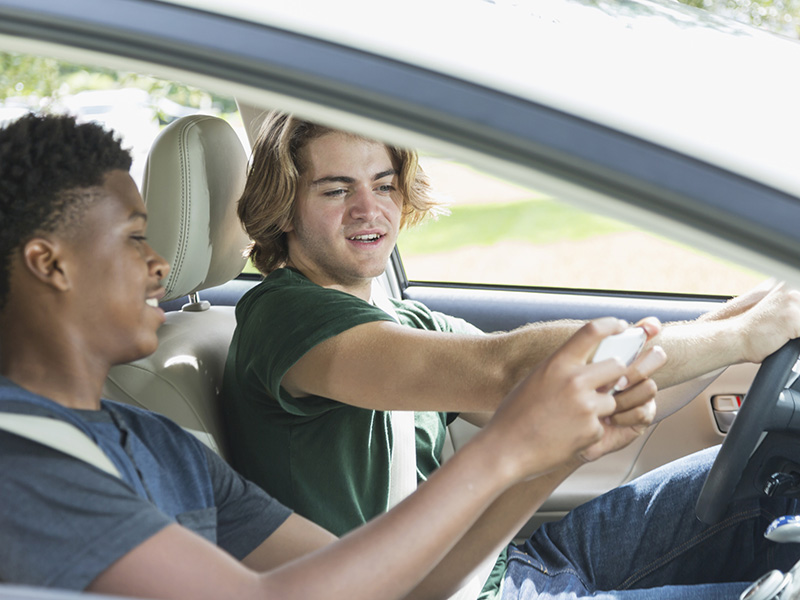
How auto insurers are promoting National Teen Driver Safety Week
October 20, 2020 by Greg Meckbach

Print this page Share
Teenagers are 3.1 times more likely to follow too closely than drivers older than 45, Manitoba’s auto insurer is warning.
Teens are also 3.6 times more likely to lose control or drive off the road than drivers aged 45 and older, Manitoba Public Insurance said in a release this past Friday announcing the launch of National Teen Driver Safety Week, which wraps up Oct. 24.
National Teen Driver Safety Week is organized by Parachute Canada, a Toronto-based charity that aims to reduce the impact of preventable injuries.
It includes an educational campaign about drunk, drug-impaired, distracted, aggressive driving and rail safety, Parachute Canada said in a release Monday.
Young drivers killed in a collision are more likely to be speeding at the time of the crash than other age groups, said Parachute Canada.
“Unfortunately, we see the impact speeding and other dangerous driving behaviours have on people and their loved ones,” said Valerie Lavoie, CEO of Desjardins General Insurance Group, in Parachute Canada’s Oct. 19 release. “It’s just one of the reasons why we’re proud to support the virtual events taking place during National Teen Driver Safety Week and Vision Zero’s mandate of eliminating all injuries and fatalities on our roads.”
For its part, MPI says this week is a good time for all teen drivers in Manitoba to evaluate their driving behaviour and work on reducing teen driver involvement in collisions. Teenagers are 10.2 times more likely to experience extreme fatigue or fall asleep behind the wheel than drivers aged 45 and older, reports MPI. Teens are also 3.6 times more likely to drive impaired than drivers aged 45 and older.
Immaturity and lack of driving experience are the two main factors leading to the high crash rates among teens, the New York City-based Insurance Information Institute reported earlier.
“Even the best teenage drivers do not have the judgment that comes from experience,” said III. “It affects their recognition of, and response to, hazardous situations and results in dangerous practices such as speeding and tailgating. Teens also tend to engage in risky behavior—eating, talking on their cellphones, text messaging, talking to friends in the car—and they often do not wear their seatbelts.”
Feature image via iStock.com/kali9
Have your say: